Clapham attack: Abdul Shokoor Ezedi is being helped to hide, say police
- Published

Abdul Shokoor Ezedi, 35, has not been seen since Wednesday
Police say they believe the suspect in the Clapham chemical attack "is being helped by others", as they spent their sixth day trying to track him down.
Abdul Shokoor Ezedi, 35, was last seen last Wednesday, hours after an attack on a mother and her two girls with corrosive liquid in south London.
A new image has been released of Ezedi, who the force now says was last seen heading to Victoria Embankment.
The policing minister said "all resources" were being used to find him.
The 31-year-old mother remains sedated in hospital and may lose her sight in her right eye following the attack on Wednesday.
In an updated statement Met Cdr Jon Savell said investigations would continue to target associates of Ezedi, for whom there is a £20,000 reward in place for information leading to his arrest.
"It remains our belief that he is being helped by others and yesterday we arrested a man for assisting an offender," he said.
"Our inquiries continue to target more of Ezedi's associates."
Policing minister Chris Philp told BBC News that "nobody should be harbouring this man or offering him any kind of protection".
The comments come after a 22-year-old man was arrested in London on Monday on suspicion of assisting an offender. He has since been bailed.
A new court document obtained by BBC News has also revealed more details about Ezedi's previously known sexual assault and exposure convictions, to which he pleaded guilty in 2018.
Ezedi had grabbed a woman's bottom without her consent in 2017, as well as exposing himself in public that same year, according to a court indictment.
He was placed on the Sex Offenders' Register for 10 years and ordered to carry out 200 hours of unpaid work when he was handed a suspended sentence at Newcastle Crown Court on 9 January 2018, as previously reported.
Ezedi was later granted asylum after two failed attempts. He was allowed to stay in the country after a priest confirmed he had converted to Christianity.
The Catholic Church covering the North East of England has previously confirmed Ezedi was a client of a charitable project it ran which "assists a wide range of people who come to us in need".
Last known location
The Met said officers from the Counter Terrorism fugitive team have traced Ezedi to a new last known location.
At 21:54 GMT on Wednesday he was seen travelling along Upper Thames Street and then into Paul's Walk, near the Millennium Bridge.
He then passed the City of London School before heading towards Blackfriars Bridge.
His last sighting was at 22:04, passing the Unilever building and heading towards Victoria Embankment.
Ezedi's previous last known location was Allhallows Lane near Southwark Bridge at 21:47.
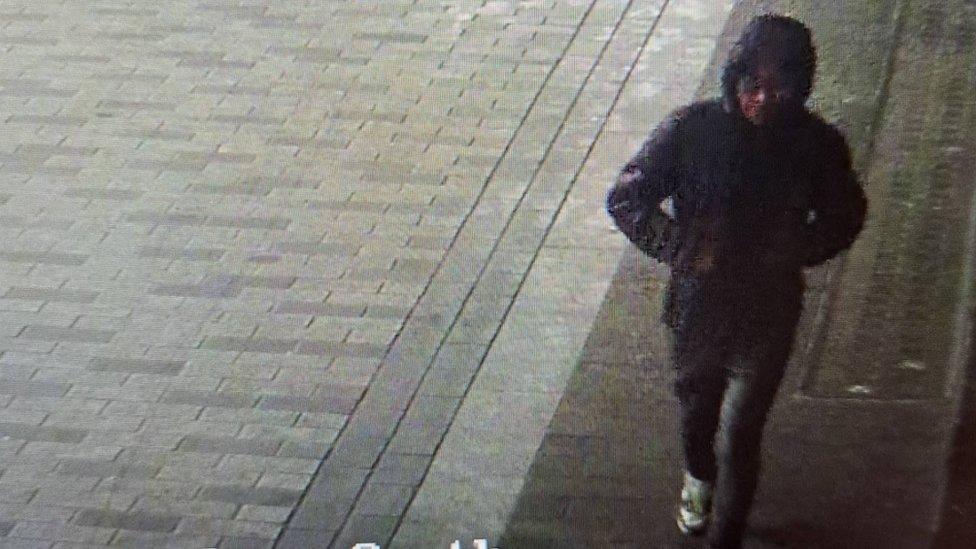
Police have issued new images in Upper Thames Street, before Ezedi headed into Paul's Walk, near the Millennium Bridge
Police have two main hypotheses about Ezedi's whereabouts: that he has come to some harm; or that someone is looking after him.
Detectives are trawling through hundreds of hours of CCTV from Transport for London and tracked Ezedi's movements on the Tube network via his bank card, which was last used on Wednesday, police said.
They are also chasing up leads received from more than 200 calls from people who have contacted police.
Police believe Ezedi, who is from the Newcastle area but believed to have travelled to the UK on a lorry from Afghanistan in 2016, is not the father of the children, aged eight and three, injured in the attack and was in the capital visiting the mother.
Officers are trying to establish how long Ezedi and the woman have known each other and what sort of relationship they had.
Ezedi travelled to London from Newcastle in the early hours of Wednesday before the attack happened outside a Clapham hotel in Lessar Avenue at 19:25.
The mother and two girls were hurt after the substance was thrown at them.
Ezedi then attempted to drive away from the scene, crashing into a stationary vehicle and fleeing on foot.
Five Met Police officers were also injured as they responded to the attack, as were four members of the public who tried to help.
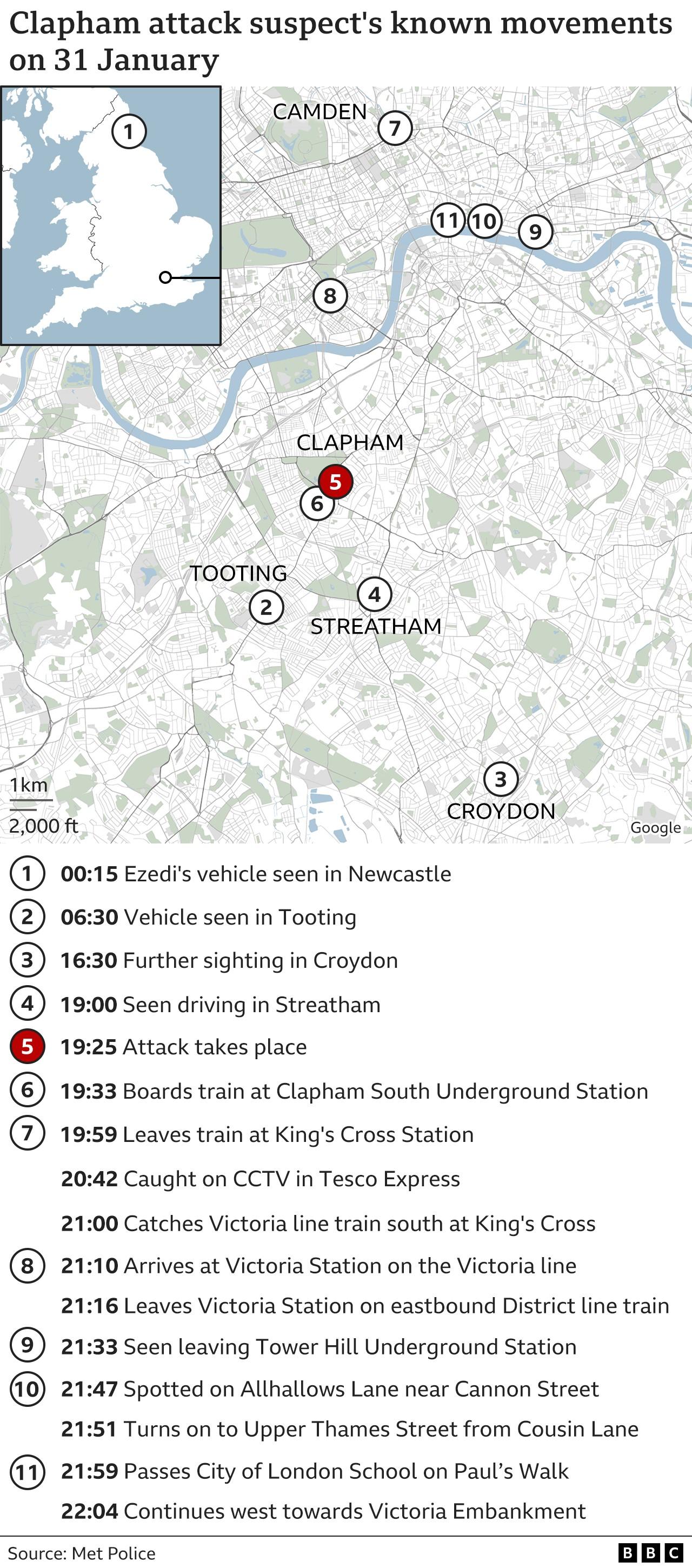
- Published4 February 2024
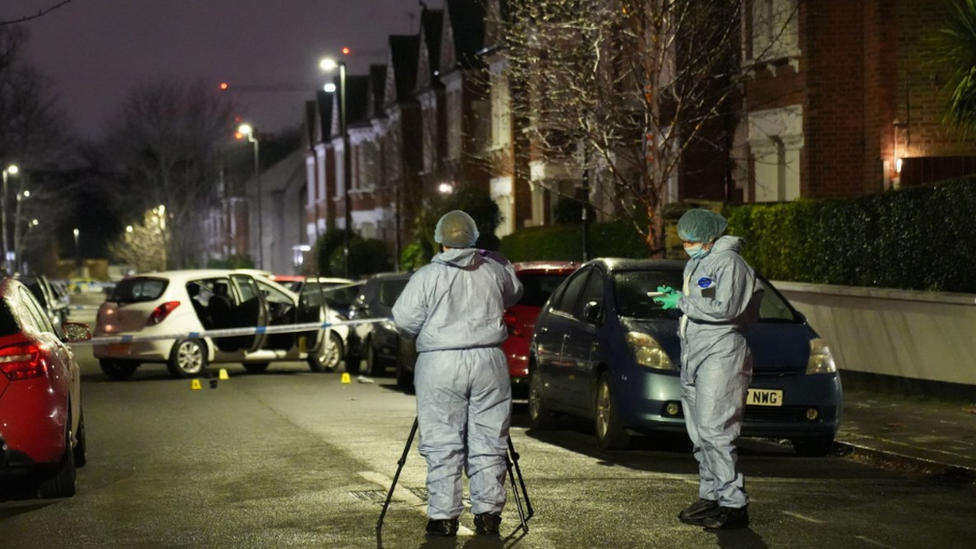
- Published4 February 2024
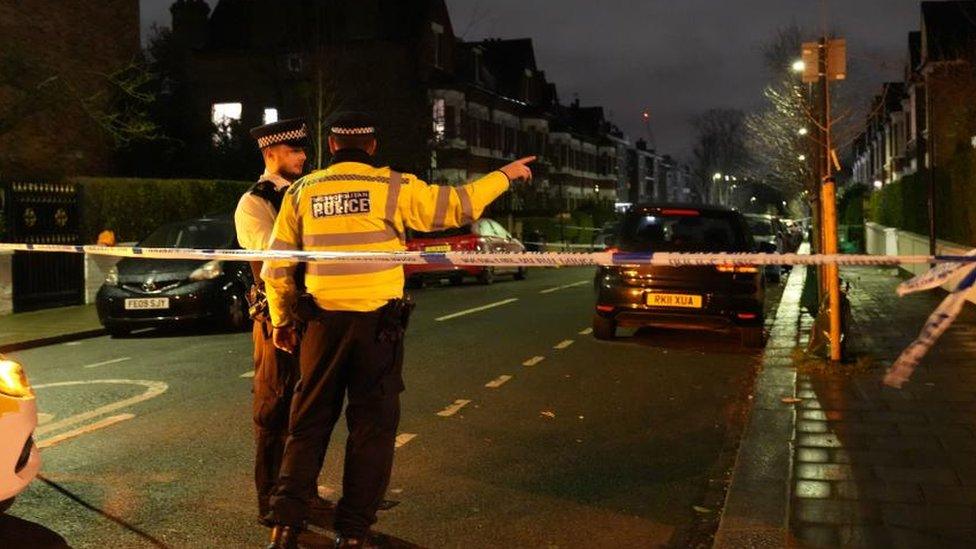
- Published1 February 2024
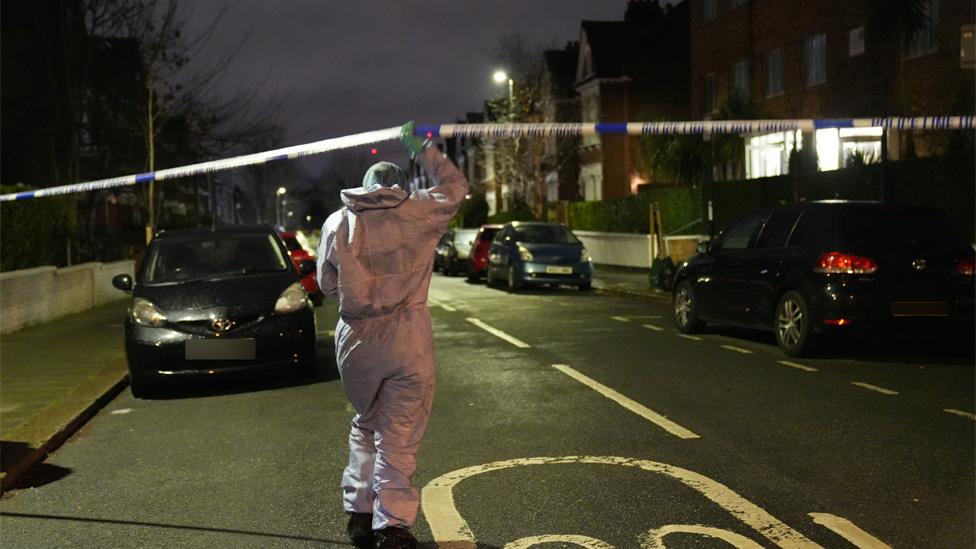
- Published2 February 2024
